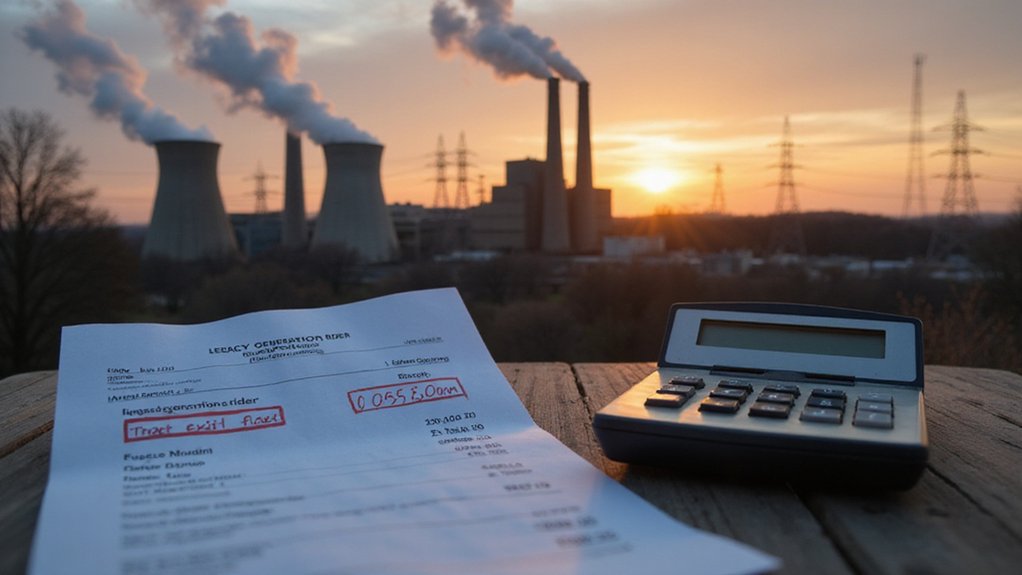Ohio’s legislators have voted to end the “legacy generation rider,” a controversial coal plant bailout that cost ratepayers nearly $400,000 daily. The bipartisan bill, passing the Senate unanimously and the House 94-2, awaits the governor’s signature. Since 2019, Ohioans paid nearly half a billion dollars to subsidize aging coal plants from the 1950s. The repeal redirects millions back to residents and businesses while signaling a shift toward sustainability.
Ohio lawmakers have voted to stop forcing residents to pay for two old, unprofitable coal plants. The Senate unanimously approved ending the “legacy generation rider,” with the House voting 94-2 in support. The bill now awaits the governor’s signature as of early May 2025.
The subsidies were costing Ohioans nearly $400,000 every day. Since 2019, ratepayers have paid close to half a billion dollars to prop up these aging facilities. The first half of 2025 alone was projected to cost $80.6 million in bailout funds.
These coal plants were built in the 1950s to power a uranium enrichment facility. When that contract ended in 2003, the plants began selling power to the regional grid. One plant sits in southern Ohio, while the other is located in Madison, Indiana.
Both facilities are operated by the Ohio Valley Electric Corporation (OVEC). The rise of cheaper natural gas and other energy sources has made these coal plants financially unsustainable. A utility watchdog noted that the coal plant charge was more expensive and more polluting than support for nuclear plants.
The repeal effort gained strong bipartisan support. The decision represents a significant shift in energy policy toward sustainability and consumer protection. The Ohio Manufacturing Association voiced strong support for ending these uneconomical subsidies. Some lawmakers tried to extend the subsidies through 2026, citing business concerns, but these attempts failed. Consumer advocates celebrated the end of what they called an unjustified use of public money.
Utility companies lobbied throughout the process to weaken the repeal measures but were unsuccessful. The final bill required some negotiation between House and Senate versions before passing.
The repeal means Ohio customers will immediately stop seeing the coal plant charge on their bills. This change redirects millions back to Ohio residents and businesses each year.
Environmental groups have long criticized these plants for contributing to air pollution. The subsidies had extended the life of high-emission coal facilities at a time when many states are moving toward cleaner energy alternatives. Transitioning to wind energy could help Ohio avoid greenhouse gas emissions while creating new jobs in the renewable sector. The repeal aligns with broader efforts to modernize Ohio’s energy approach.
References
- https://www.manufacturing.net/laws-regulations/news/22940052/new-energy-bill-ends-ohio-ratepayer-charges-that-subsidize-two-unprofitable-coal-plants
- https://www.wfmj.com/story/52736185/lawmakers-pass-energy-bill-ending-ohio-ratepayer-charges-that-subsidize-two-unprofitable-coal-plants
- https://www.ohiocitizen.org/ovec_update
- https://www.toledoblade.com/local/politics/2025/03/30/energy-bill-would-remove-coal-plant-charge-from-customers-bills/stories/20250328117
- https://www.renewableenergyworld.com/energy-business/policy-and-regulation/lawmakers-pass-energy-bill-ending-ohio-ratepayer-charges-that-subsidize-two-unprofitable-coal-plants/









